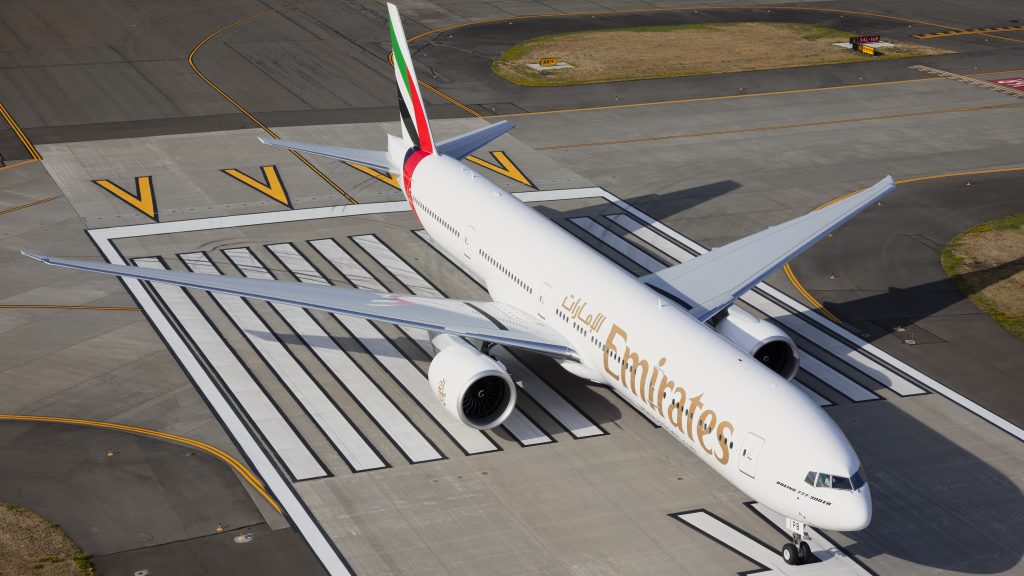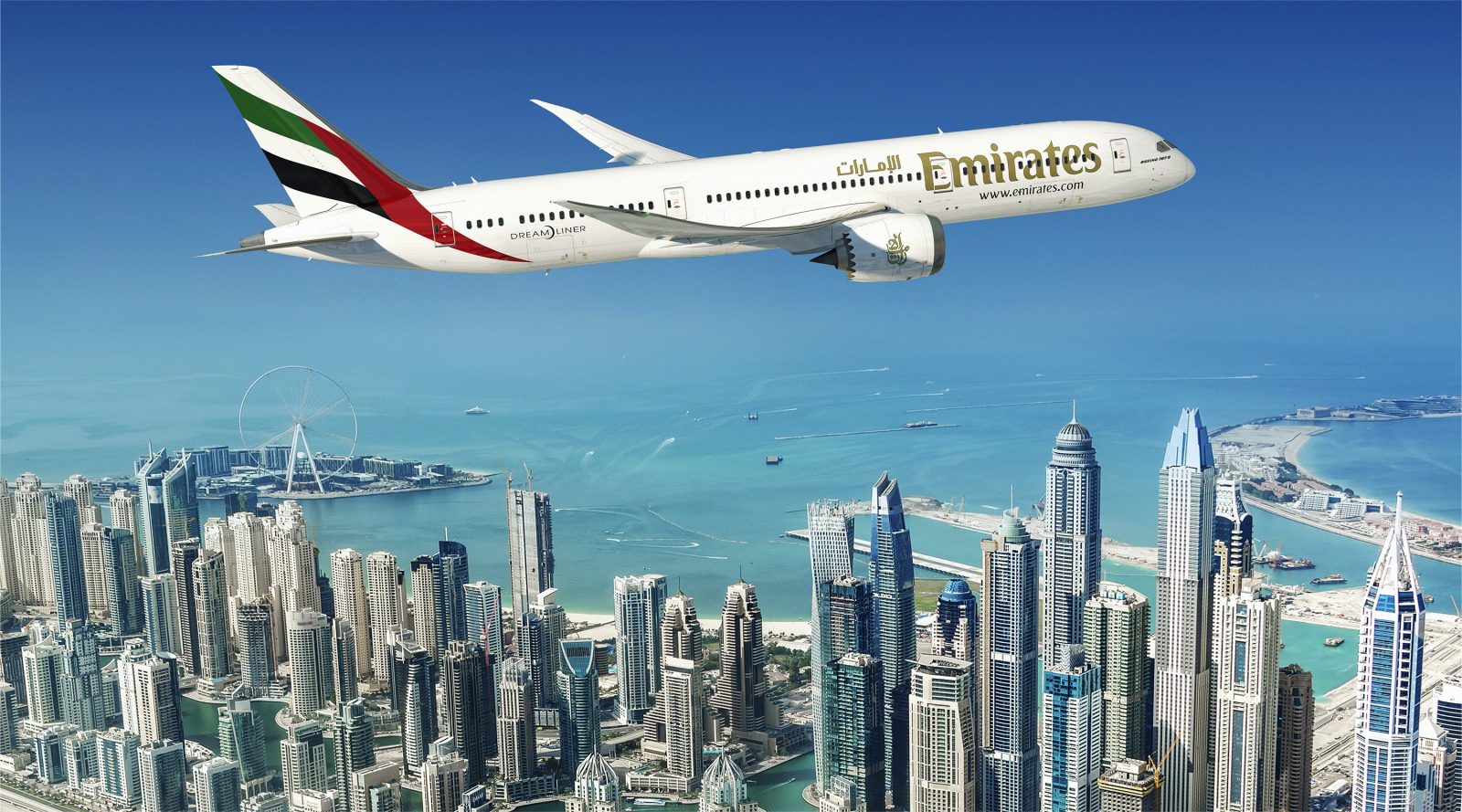Even before the COVID-19 pandemic struck and in turn decimated the aviation industry, Emirates knew that it needed a better mix of aircraft – smaller and more fuel-efficient planes with less passenger capacity. In late 2019, the Dubai-based airline firmed up an $8.8 billion (at list price) order for 38 Boeing 787-9 Dreamliners – with less than half the capacity of it two-class Airbus A380 superjumbos.
And now, Emirates is in talks with Boeing to have the Dreamliners delivered before its crucial order of much larger 777X aircraft – a next-generation version of the popular twin-engine 777 of which Emirates currently has around 150 in its fleet. The 777X was originally slated to join Emirates as early as this year but now won’t be launched until 2022.

As a launch customer of the 777X – which comes in two variants: the 777-8 and 777-9, Boeing is pushing Emirates to stick to an agreement that sees the 777X joining its fleet before the Dreamliner. Adel Al Redha, Emirates’ chief operating officer, however, said in an interview on Thursday that the airline wants the 787 sooner rather than later – precisely because it offers a “better” seating capacity.
“I think Boeing would prefer to deliver the 777s before 787 because that is a new program for them,” Redha said of Boeing’s thinking, although the aircraft manufacturer has declined to comment.
At present, Emirates is stuck with a fleet of 777-300 aircraft (capacity up to 427 passengers) and Airbus A380’s which in its two-class configuration has capacity for 615 passengers. Even in normal times, some operators have struggled to fill these jets.
With the COVID-19 pandemic causing a massive and sustained slump in travel demand, passenger load factors on Emirates’ planes are now hovering around 40 per cent. The A380 was quietly withdrawn from its Amsterdam route just weeks after resuming service when a lack of demand made it uneconomical.
Along with Dreamliner’s, Emirates is also waiting on as many as 50 super-efficient Airbus A350’s. They probably couldn’t come soon enough, although Emirates has publicly backed the future of the superjumbo, deploying it on flagship routes to London Heathrow and Paris, as well as Toronto, Cairo and Guangzhou.
Unlike other carriers, Emirates made the A380 work because of the high percentage of connecting passengers that travelled through its Dubai hub. But while 70 per cent of Emirates’ passengers were transferring through Dubai before the pandemic, that number has since dropped to around 50 per cent.
Al Redha, however, remains optimistic that the airline can serve all 143 destinations in its pre-COVID route network by next summer. “Obviously, the frequency of flights per day will depend on the demand and some of the restrictions,” he cautioned in an interview with CNBC.
“I wouldn’t say the worst is behind us, but definitely it is a positive trend. If I compare our performance now with a month ago, we have almost doubled the number of passengers we have been carrying onboard our aircraft, as transit or terminating in Dubai,” he continued.
Mateusz Maszczynski honed his skills as an international flight attendant at the most prominent airline in the Middle East and has been flying ever since... most recently for a well known European airline. Matt is passionate about the aviation industry and has become an expert in passenger experience and human-centric stories. Always keeping an ear close to the ground, Matt's industry insights, analysis and news coverage is frequently relied upon by some of the biggest names in journalism.








